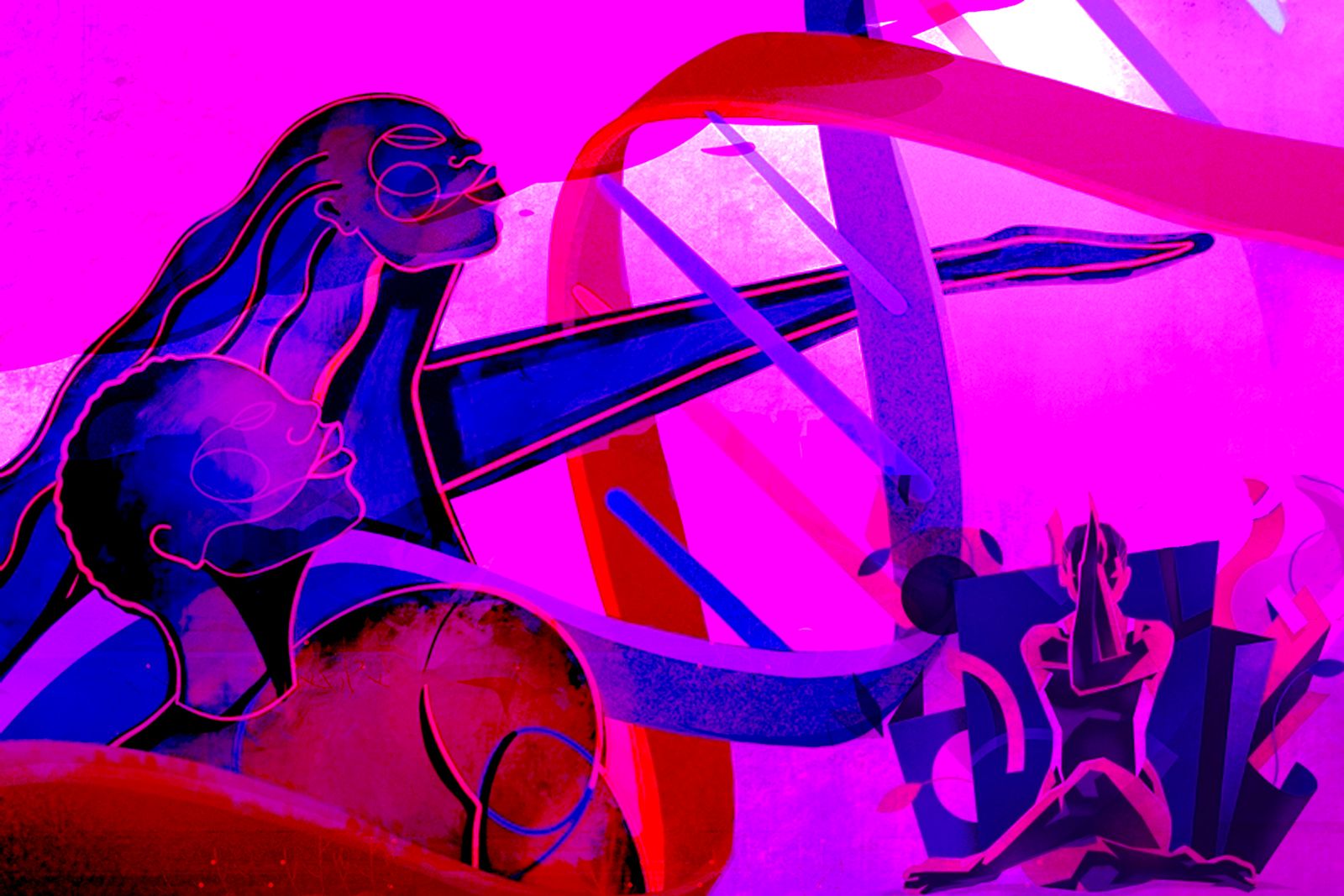When lawyers, human rights defenders, and other high-stakes professionals talk about work-life balance, it’s “balance” only in the sense of a balancing act, a tottering pile of fragile responsibilities, always about to crash. This tension might make for a good show when a circus performer is spinning plates, but it’s no way to live or to work.
Many among us believe that if we aren’t suffering, we aren’t working hard enough. We skimp on sleep to answer emails late into the night. We miss out on family occasions or attend them only to distractedly, quietly fret over some work-related issue. When we make lists of our goals, they’re productivity stats, publications, and the like.
This is especially true for people in the human rights community. When your work routinely requires you to look deeply at tragedy and deprivation, it can be hard to leave those stories and images at the office. Our empathy for the communities and causes we support ties us deeply to them. Turning our attention away from work can feel like a betrayal of it.
Not to get too woo-woo, but a few days in Sedona, Arizona—the site of a workshop I attended this spring, and a supposed “energy vortex”—really changed my perspective on things. The workshop was scheduled during the thick of my teaching semester, and as usual, I was bouncing minute-to-minute from one meeting or project to another, with an email inbox that would have been overflowing if the university weren’t so generous with storage limits.
That changed when I put myself, and my schedule, into the hands of the JustLabs team facilitating the workshop. The schedule was downright humane, with free time, not just once but every day. When the JustLabs team welcomed us, they explained this was by design: when we ate meals, enjoyed downtime, and hiked together, we would build up the relationships that would carry the work we were doing forward.
The substance of our work was to create a plan for strategic litigation, which was substantively complex and emotionally challenging. There were almost too many players to count, and the paths forward were novel and uncertain. My students and I had written a briefing memo the semester before, and we’d spent months struggling with the breadth of the issue—and yet, in the three days of the workshop, we were taking an even broader perspective. In spite of all these challenges, as the sessions began in earnest, I found that we were making progress, and it wasn’t because we were putting in crazy hours.
Rest is part of and in service to the work, rather than an escape from it.
The facilitators kept us on that humane agenda. Each session was architected with specific methodologies and well-defined expectations for outputs. My lightbulb moment came when I noticed that I was coming to each burst of group work energized, having been empowered to take care of myself in between sessions, whether that meant snacking, journaling, or standing with a new friend to take in the sun on the Red Rock Canyon.
It’s not that taking breaks is anything novel. It was the spirit in which I was approaching them. Rest is part of and in service to the work, rather than an escape from it. We weren't betraying or ignoring the victims of surveillance on whose behalf we were seeking remedies when we took a group hike to Cathedral Rock. Rather, that interlude was in service to our work as well as ourselves, because the happiness and sense of fulfillment we generated fueled our drive and creativity.
All the richness of my personal life, the joys I encounter and the challenges I overcome, feeds back into my effectiveness at work.
There’s a fundamental, fatal flaw in the mental model of “work-life balance.” If we idealize a balance between work and life, we are necessarily considering the two concepts as not only separate but opposed, one on each side of the scale. According to this framing, if you put something on your plate at work, you’ll subtract that time and energy from your personal life. Same goes for adding something to the life side of the scale, whether that’s a new baby or an evening course on pottery.
As I continued to reflect, I realized that my own life was full of evidence for how work and life were not in competition with each other, but rather a kind of symbiosis. All the richness of my personal life, the joys I encounter and the challenges I overcome, feeds back into my effectiveness at work. The same is true of the energy I bring back home: around the dinner table, I think my family can feel when I’ve been nourished by encountering an exciting new idea or some especially collaborative problem solving during a client meeting.
So if work-life balance needs to be thrown out the window, what’s the sturdier, more supportive and humane alternative? I can’t answer that for everyone, but I can offer one phrase that my partner and I co-created on a beach last summer, sitting with friends while our children ran again and again at the waves: work fully, playfully.
If work life balance needs to be thrown out the window, what’s the sturdier, more supportive and humane alternative?
Rather than compartmentalize your various roles, carry the hard-won wisdom and energy you draw from all the sources in your life along with you. Bring a spirit of play and creativity to your work, and a spirit of dedication and growth to your personal life. When we stop balancing and start integrating, we recognize that attention to our physical and social needs doesn’t distract from or compete with our ability to do excellent work, but rather supports it and advances the mission of our field as a whole.

